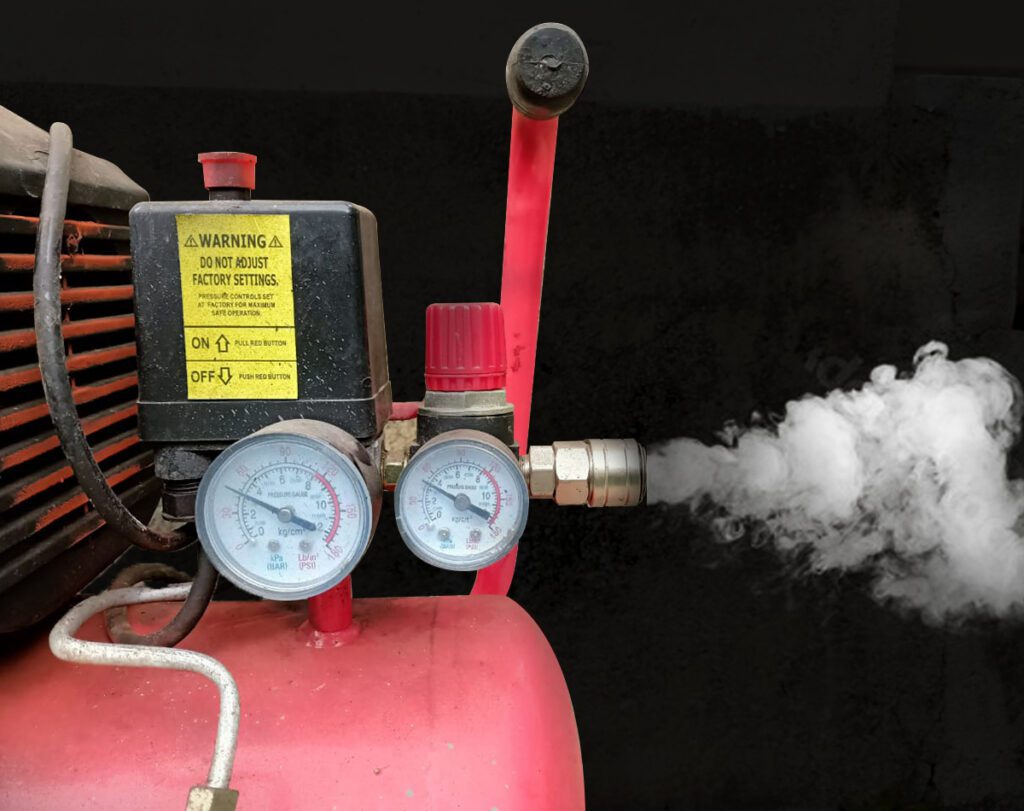Phenomena
Mercury fume is a visible cloud of molecular clusters or tiny liquid particles.
Mercury is more than 13,000 times denser than air. If so, why does mercury rise in still-air?
13,600 kg/m3
1.0 kg/m3
200.59 amu
Clouds are floating even when not supported by convection currents. In air/atmosphere, such floating of clouds containing condensed water-droplets is a major concern. Water is nearly 1,000 times denser than air. If so, why do water droplets float in still air, against the gravitational pull by the Earth?
997 kg/m3
1.1 kg/m3
~ 627,500,000 kg
Upward motion of water droplets when not supported by convection currents has been observed. Such a phenomenon cannot be adequately explained by existing theories. Water is nearly 1,000 times denser than air. If so, why do water droplets move upwards in still air, against the gravitational pull by the earth?
997 kg/m3
1.29 kg/m3
The phenomenon ‘Accelerating Expansion of Universe’ (Perlmutter et al., 1998, Riess et al., 1998) is based on the observation that galaxies are moving apart from each other at accelerating pace. This is happening despite gravitational forces among all galaxies, possibly in all celestial objects, irrespective of their masses. If only attraction due to the gravitational force exists, the universe must shrink together and finally collapse. Instead, it is expanding, and the galaxies repel each other. Why is that?
~70 km/s/Mpc
~ 4.26 million metric tons per second
~384.6 septillion watts (3.846×1026 W)
According to the present knowledge, the thermal expansion is due to the anharmonicity of the atom interactions. As the temperature rises the amplitude of the crystal lattice vibrations increases, but the equilibrium distance shifts as the atoms spend more time at distances greater than the original spacing due as the repulsion at short distances being greater than the corresponding attraction at farther distances. The existing theories do not describe the force which increases the distance between atoms with the increment of the temperature, as the gravitational force and the electromagnetic forces are not dependent on the temperature.
~ 2.5 – 5.5 Å
N
Convection works vertically when the temperature of areas of a liquid or gas is greater than their upper region. Or the density of liquid or gas is lesser than their upper regions – which is called buoyancy. Mean-Free-Path (MFP) of an air molecule at room temperature is ~63nm = 630 Å. The diameter of an air molecule is ~3-4 Å. The weak gravitational force among air molecules is negligibly small as classical mechanics considered. So the molecule is considered as a single entity. How does the Archimedes law be valid, for a single entity/particle?
~630 Å
~3-4 Å
Pressure is the force exerted by one substance on another per unit area. In the existing model, the Ideal Gas Law, a kinetic theory was applied, where the pressure of a gas is the change of momentum (force) that the gas exerts on the walls of its container per unit area per unit time. Although, the pressure is dependent on temperature which is a manifestation of the thermal energy content, none of the four fundamental forces in classical theory are considered dependent on thermal energy content/temperature. How does the thermal energy affect the pressure in a gas?








